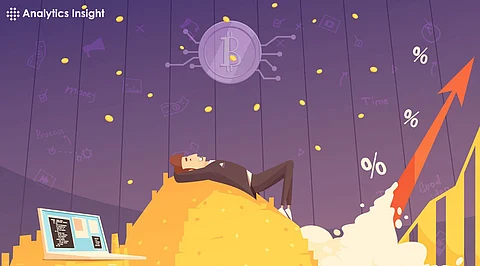

Crypto trading can feel like a rollercoaster: thrilling, unpredictable, and sometimes nerve-wracking. Prices swing wildly, and figuring out the right time to buy or sell can make all the difference. This guide is here to break it down in a way that actually makes sense; so you can trade smarter instead of just guessing.
If a crypto you believe in takes a big price hit, it could be a good time to buy. Just make sure you’re not buying something that’s crashing for a real reason; do your homework first.
Don’t just buy because everyone else is talking about it. Look into the project. What problem does it solve? Who’s behind it? Are major companies backing it? The better the fundamentals, the safer your investment.
If large companies start investing, a major upgrade is coming, or governments are showing support, prices often react. Staying updated with crypto news can help you spot good opportunities.
After a major drop, some cryptos enter a calm-before-the-storm phase where prices stay steady before climbing again. If you see signs of recovery, it might be a good entry point.
Major events like exchange listings, token burns, or software upgrades can push prices up. Buying before these events can sometimes lead to profits, but be careful because hype often fades fast.
If your crypto price unexpectedly spikes, taking profits makes sense. It's hard to sell at the precise top, so having a realistic target keeps you from holding too long and watching profits evaporate.
Before you purchase, determine what profit will satisfy you. When you get there, selling at least part of your position can lock in profits rather than risking a sharp drop.
Employing measures such as RSI (Relative Strength Index) and moving averages can indicate when prices may begin to fall. If the trend reverses downward, it is time to sell before it gets worse.
If crypto is everywhere in the news and strangers to investing are suddenly investing, that's a warning sign. Prices tend to crash when the hype reaches its highest point, so selling ahead of time can protect you from loss.
If one crypto has expanded to take over your investments, selling some and diversifying into other assets can lower risk and keep things stable.
Don't Panic Sell: Prices of cryptocurrency fluctuate a lot. Selling based on a small drop can be regretful.
Use Stop-Loss Orders: These will automatically sell your crypto if prices fall too far, preventing large losses.
Stay Informed: Keep up with crypto news so you can make informed decisions.
Experiment with Dollar Cost Averaging (DCA): Instead of purchasing all at once, invest small sums periodically so as not to get stuck in an adverse price swing.
